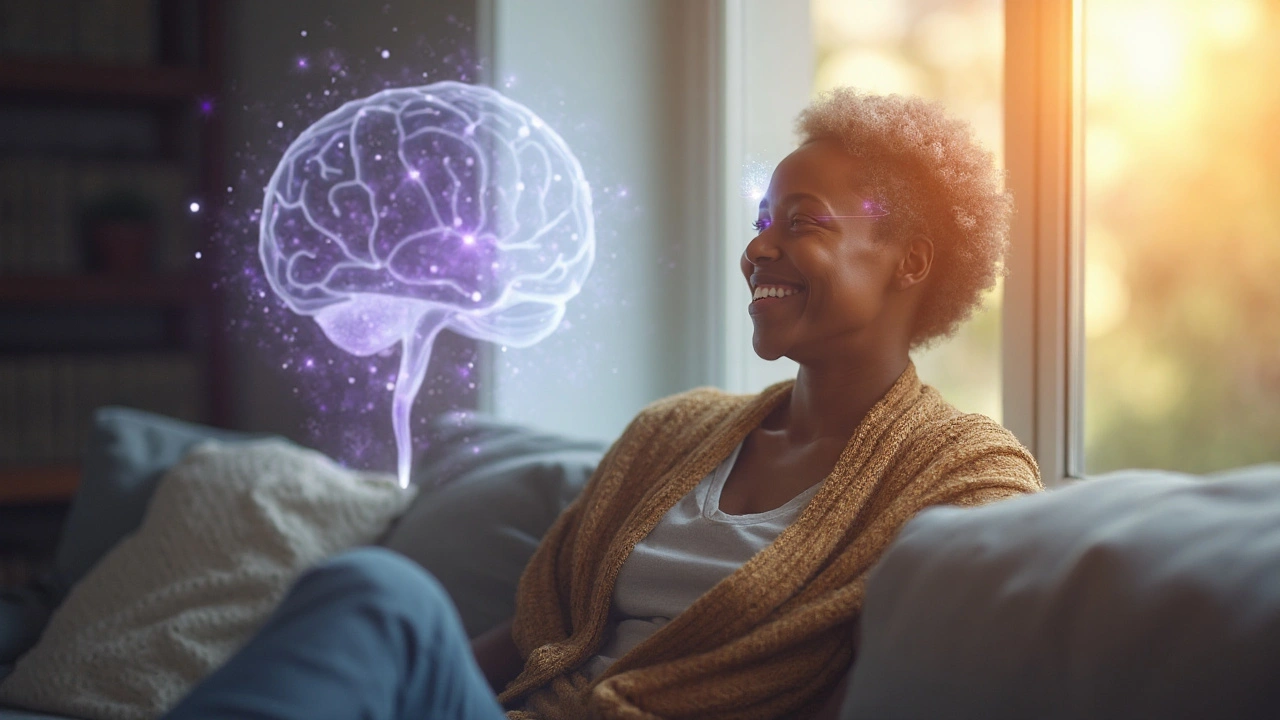Major Depressive Disorder: What You Need to Know
Feeling stuck, hopeless, or constantly tired? Those are classic signs of major depressive disorder (MDD). It’s more than a bad mood – it’s a medical condition that changes how you think, feel, and act. In this guide we’ll break down the basics, show you how doctors figure it out, and point out the most common treatments, so you can start feeling better faster.
Signs and Diagnosis
MDD can show up in many ways. Most people notice a low mood that lasts at least two weeks, but there are other clues too. Look for loss of interest in hobbies, trouble sleeping or sleeping too much, changes in appetite, and trouble concentrating. Physical symptoms like aches, headaches, or unexplained stomach problems are also common.
Doctors use a checklist called the DSM‑5 to confirm the diagnosis. They’ll ask about the duration of symptoms, how severe they are, and whether they interfere with work, school, or relationships. Blood tests might be ordered to rule out thyroid problems or vitamin deficiencies because those can mimic depression.
If you’re unsure, consider taking a quick online screening tool – it’s not a diagnosis, but it can tell you if you should talk to a professional. Remember, getting a proper diagnosis is the first step toward getting the right help.
Treatment Options
The good news is that MDD is treatable. Most people benefit from a mix of medication, therapy, and lifestyle changes. Below are the most common approaches you’ll hear about.
Medication: Antidepressants are the backbone of drug treatment. Escitalopram (often sold as Lexapro) is a first‑line choice because it works for many people with fewer side effects. If you’ve tried escitalopram and it didn’t help, doctors might suggest a different class, like amitriptyline, which is older but can also treat chronic pain. Imipramine and bupropion are other options that work in slightly different ways. Always discuss potential side effects and drug interactions with your pharmacist – especially if you’re on other meds.
Therapy: Talk therapy, such as cognitive‑behavioral therapy (CBT), helps you spot negative thought patterns and replace them with healthier ones. Many people find that weekly sessions combined with medication give the fastest relief. If you can’t attend in person, telehealth options are widely available and just as effective.
Lifestyle tweaks: Simple changes can boost the impact of meds and therapy. Aim for 30 minutes of moderate exercise most days – even a brisk walk lifts mood chemicals in the brain. Keep a regular sleep schedule, limit alcohol, and eat balanced meals rich in omega‑3s and B vitamins. Mindfulness or meditation apps can also reduce anxiety that often rides along with depression.
When to seek urgent help: If you ever think about harming yourself, call emergency services or go to the nearest ER right away. Depression can be serious, but you’re not alone – crisis hotlines and professional teams are ready to intervene.
Choosing the right treatment may take a few tries. Your doctor might start you on a low dose of escitalopram, check in after a few weeks, then adjust the dose or add therapy. Patience is key; most people notice improvement within 4‑6 weeks, but full benefits can take longer.
Bottom line: Major depressive disorder is a real medical condition, but it’s also highly manageable. Get a proper diagnosis, talk openly with your healthcare team about medication options like escitalopram or amitriptyline, and add therapy and healthy habits to the mix. With the right plan, you can reclaim your energy, motivation, and joy.

- 13 Comments
Explore how desvenlafaxine works for major depressive disorder, review clinical data, compare it with other SNRIs, and learn practical dosing and safety tips.
